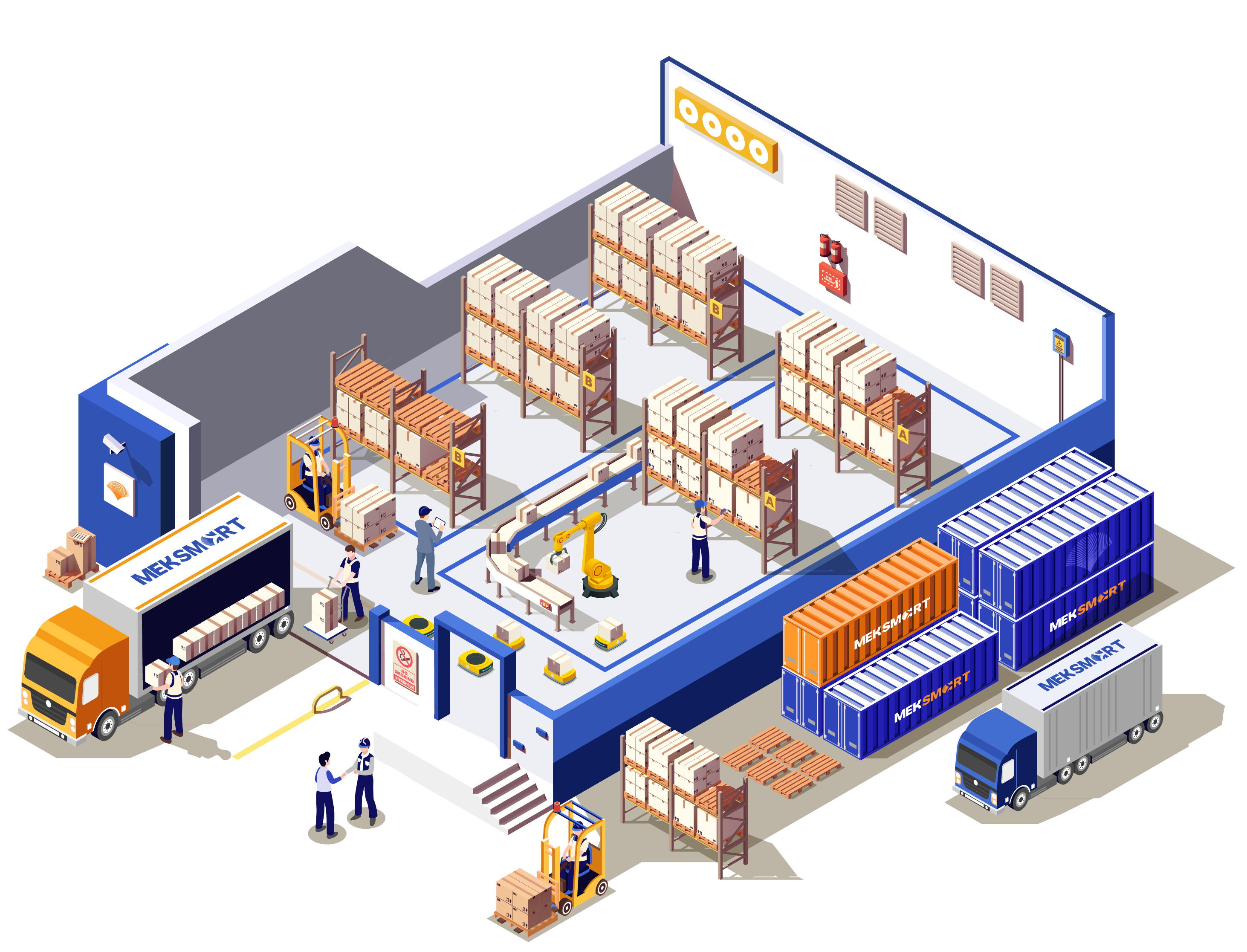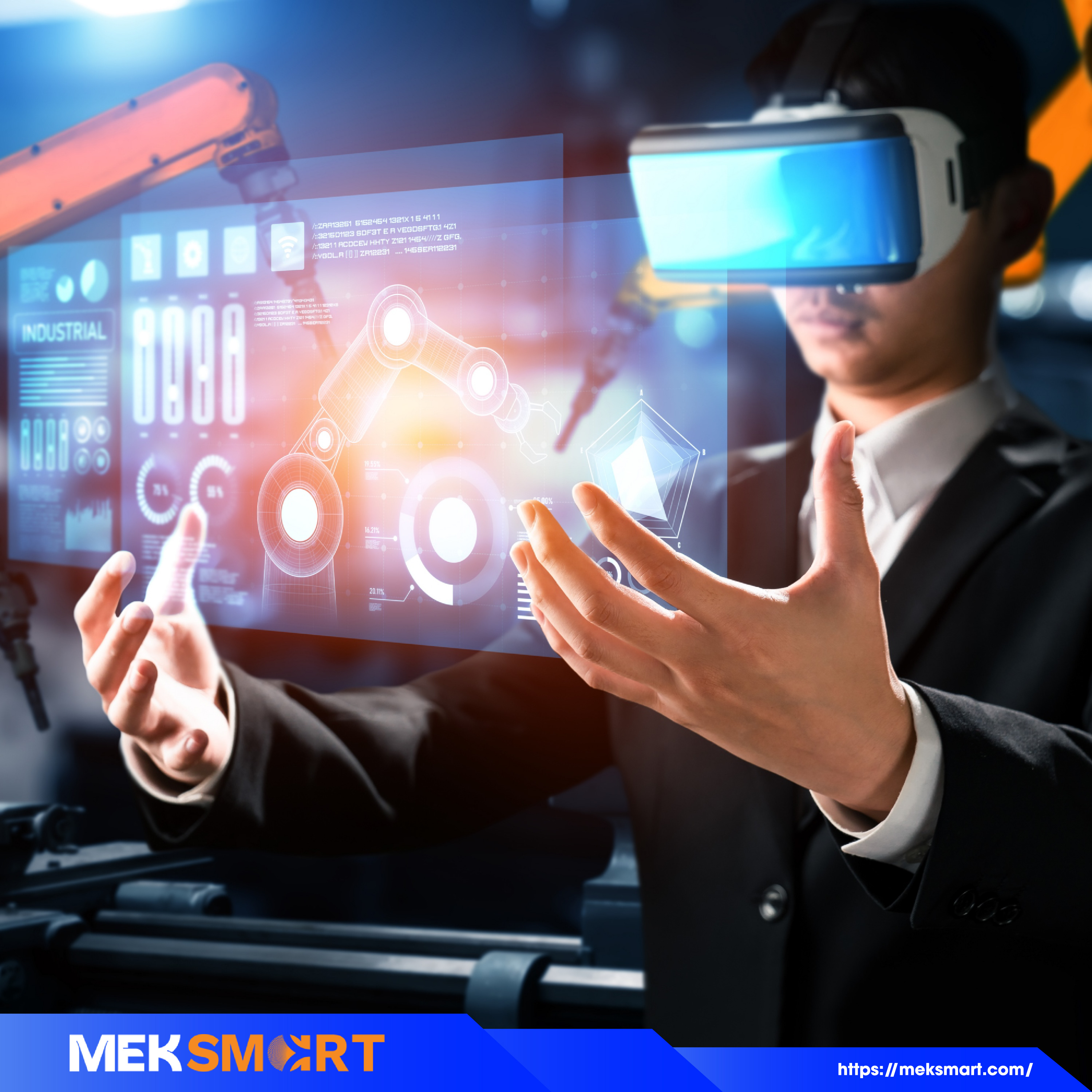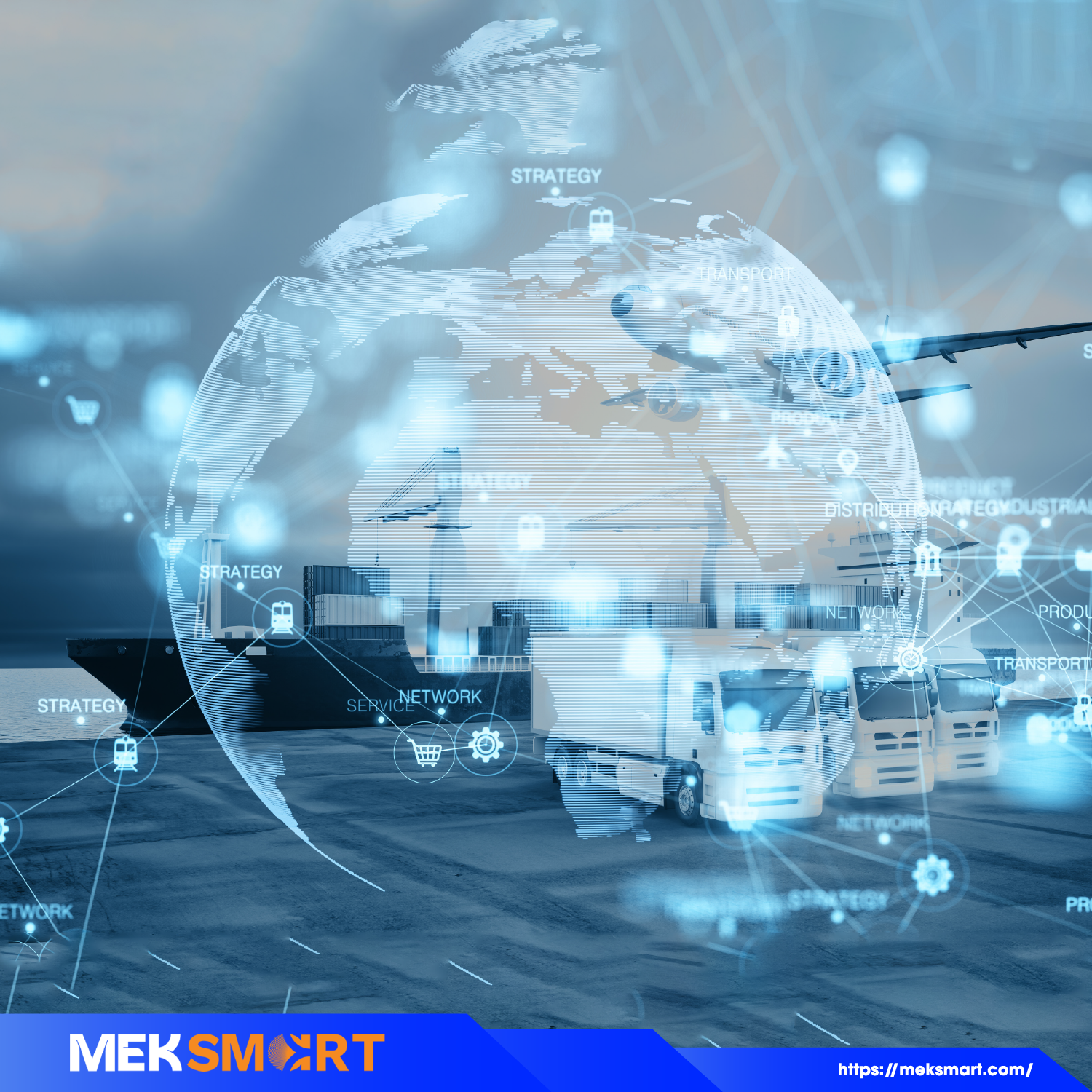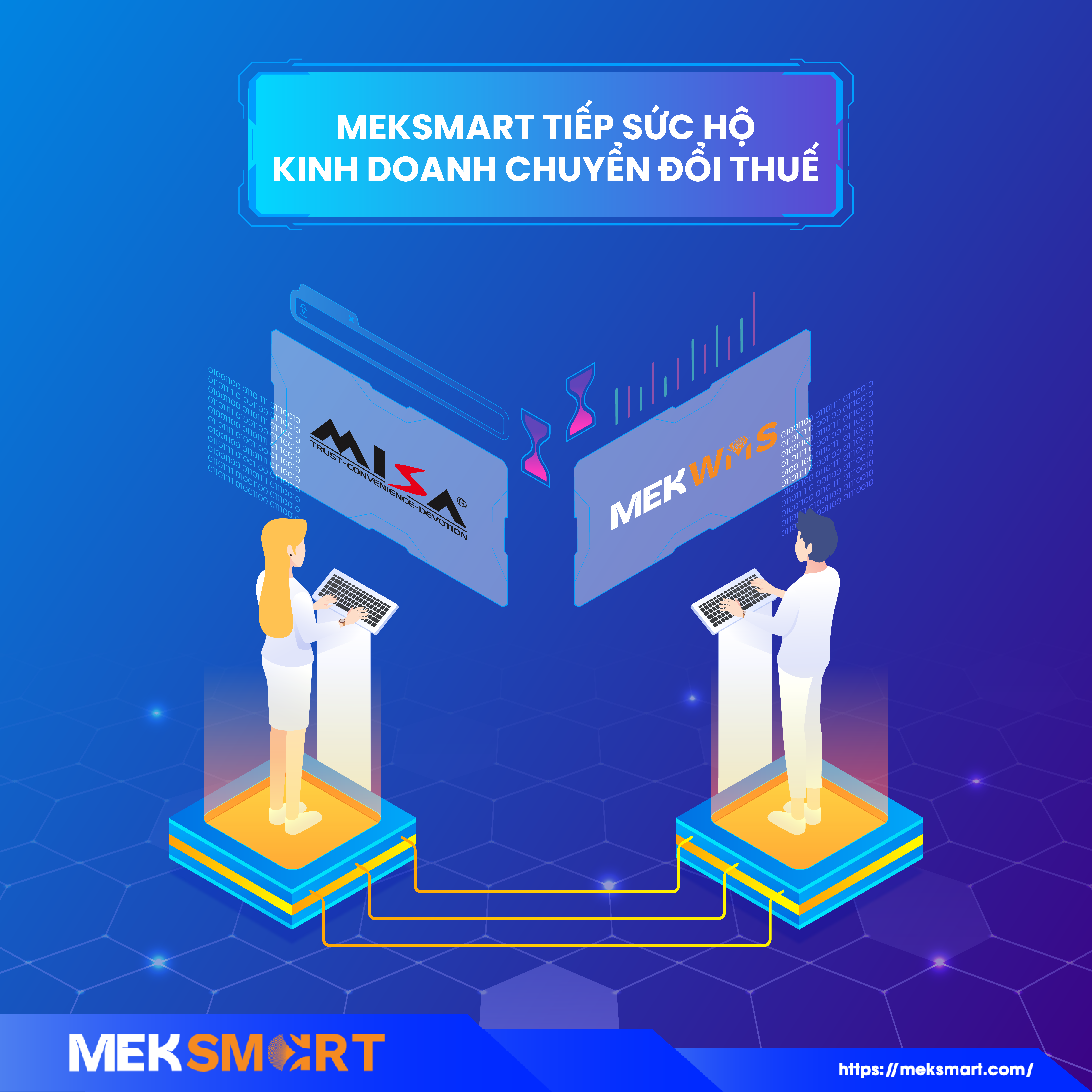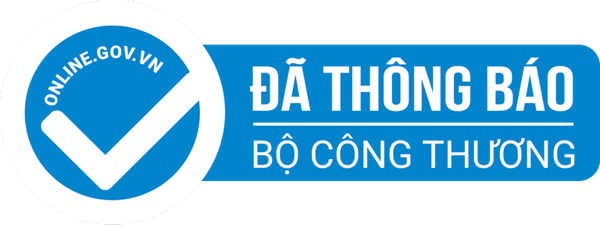MEKSMART
GENERAL NEWS
Author: Meker Meksmart
Update: 18/08/2024
THE CORRELATION BETWEEN TRANSPORTATION MANAGEMENT SYSTEMS AND SUPPLY CHAINS
Transportation management systems (TMS) are closely related to the supply chain. So what is the correlation between a transportation management system and a supply chain? Let's find out in the following content.
The correlation between the transportation management system and the supply chain
Transportation management systems play a central role in the supply chain. SCM is the process of planning, controlling, and executing a product line through different stages in a product's life cycle, from raw materials to production and distribution. Shipping is usually required in all the main steps.
For example, raw materials need to be transported from the original location to the supplier's processing plant. While the final destination of the material may be the manufacturer, there may be intermediate locations along the way.
The manufacturing process itself may require additional transportation if, for example, sub-assemblies need to be moved between manufacturer facilities or subcontractor facilities.
The delivery of the final product usually requires several steps that may involve multiple shipping methods. For example, when products made in China are shipped overseas, picked up at ports, and placed on trucks.
Even the last shipment to the retail store or the customer's home is not the end.
In reverse logistics, the product is returned to the distributor or manufacturer for maintenance or refurbishment only to be shipped back to the customer or store for resale or the product can be transported to a recycling facility or landfill.
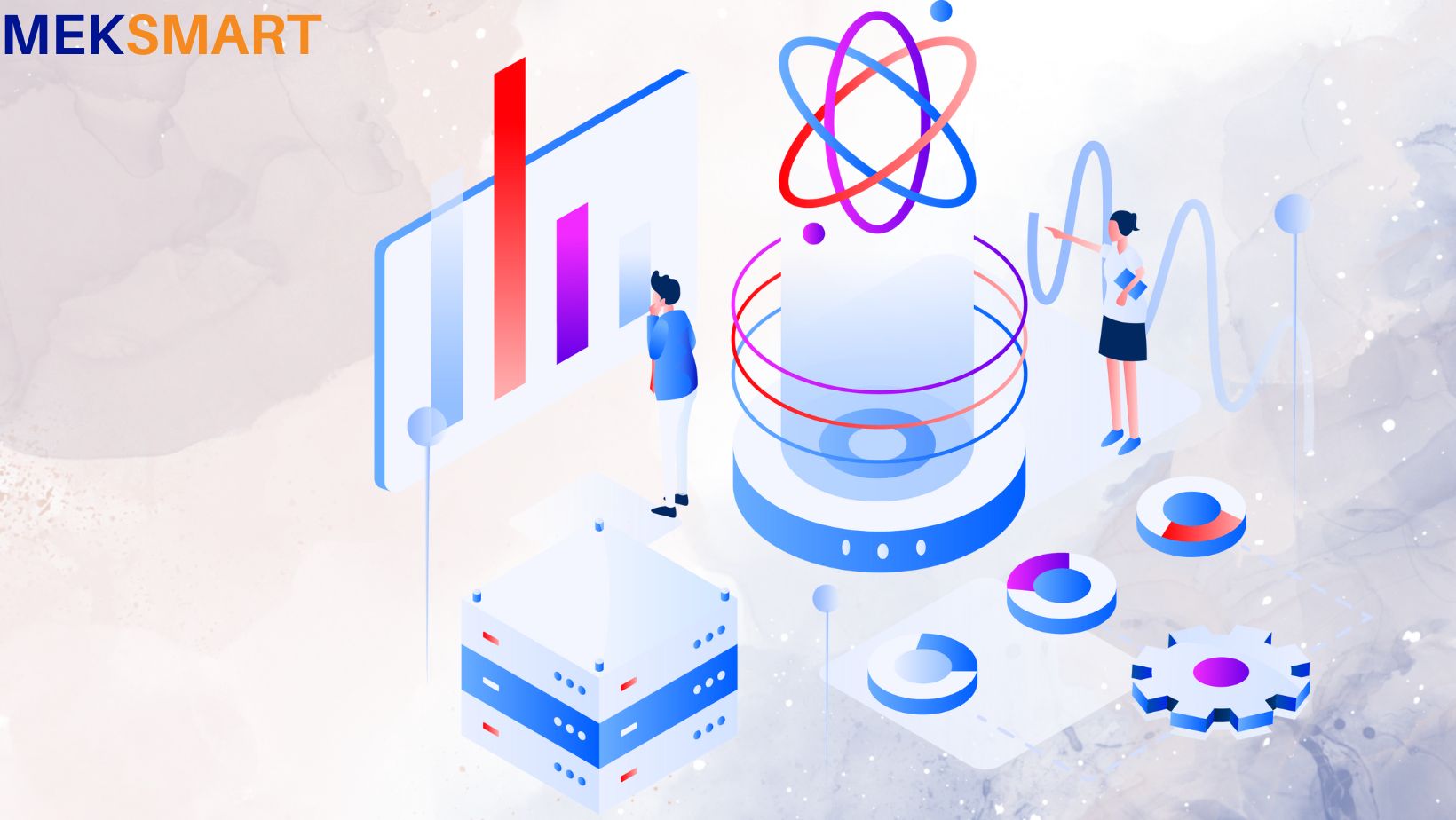
TMS deployment options
Like most enterprise software systems, TMS started out as an on-premises system but is increasingly deployed in the cloud either hosted or as software as a service (SaaS). There are also services managed by TMS.
Running in the cloud has a clear advantage in reducing connectivity between TMS users, carriers, customers, and supply chain partners.
Some TMS providers try to differentiate themselves by offering single-tenant, multi-tenant SaaS, which they claim has cost and integration advantages over single-tenant SaaS and private cloud options.
In fact, according to Gartner, much of the growth in the TMS market comes from the cloud services that companies have purchased to replace TMS on-premises, a trend that will likely continue.
Meanwhile, TMS vendors continue to move their products to SaaS, largely to fend off competition from fast-growing "cloud-native" vendors who got started with SaaS TMS.
The analytics firm predicts the SaaS share of the TMS market will nearly double from 37% in 2017 to 65% in 2022.
While many organizations now prefer to run TMS in the cloud because of connectivity advantages and the potential to save labor and IT infrastructure, on-premises deployments are still favored by some large manufacturing and distribution companies that have strict requirements for the security and control of their TMS software.
Epilogue
It can be seen that the transportation management system is one of the effective support tools for the supply chain operation process.
To be able to optimize all related activities, one of the necessary actions businesses need to take is to apply technology to management instead of using paper or Excel spreadsheets. If you need advice on the transportation management system, contact Meksmart immediately.
Read more: What is a transportation management system? Features and Benefits
